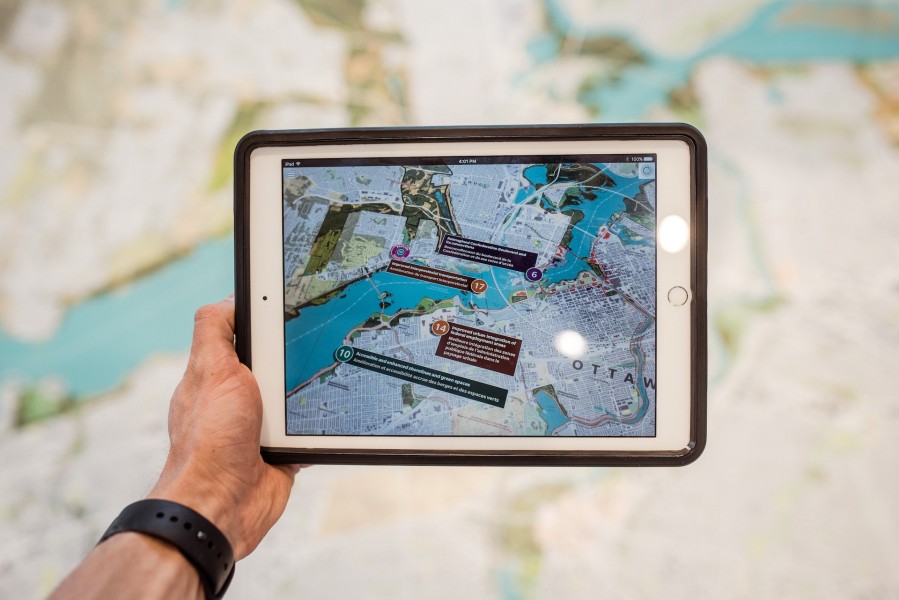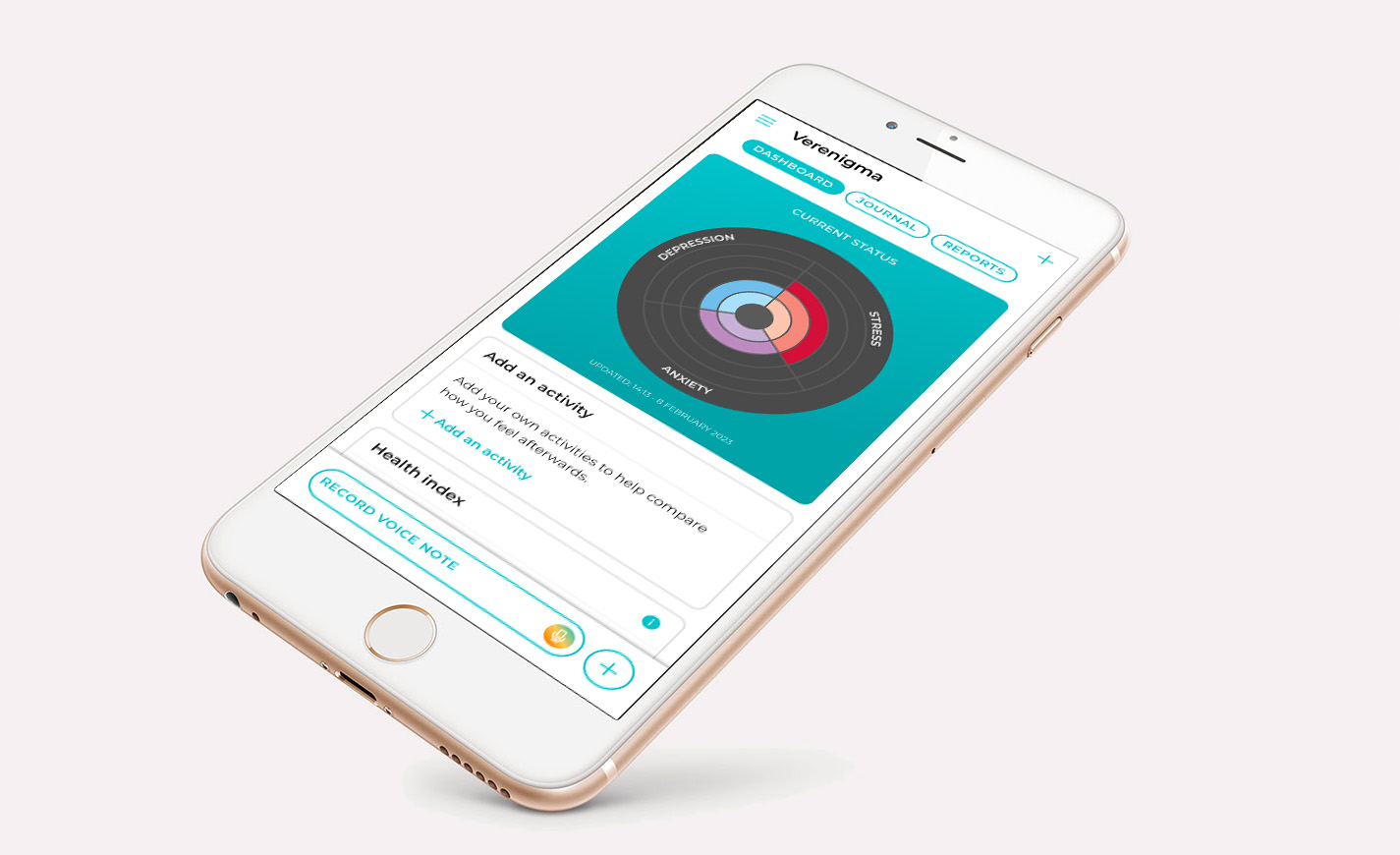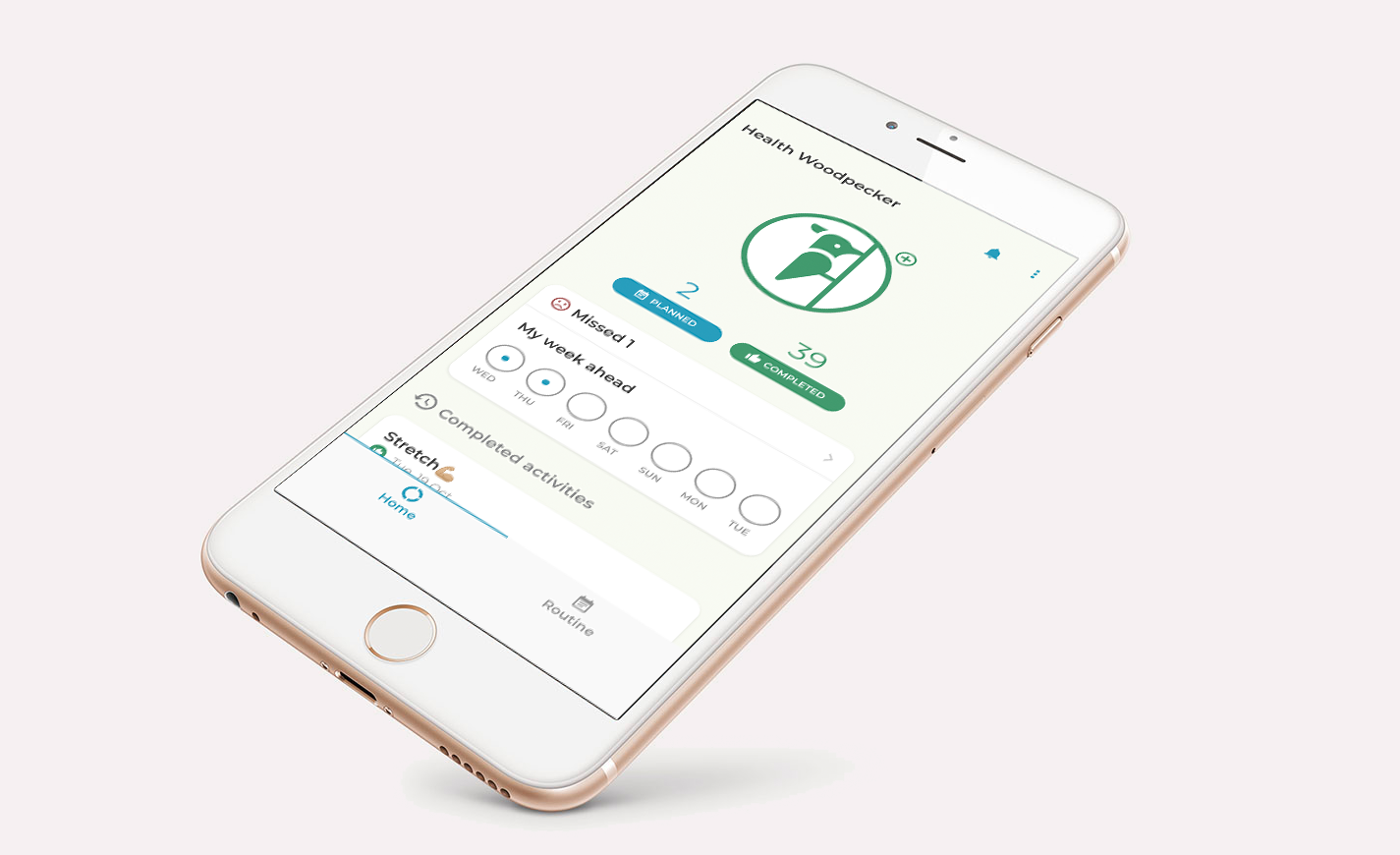AR overlays digital information and graphics onto the real world, creating an "augmented" view for the user. While AR is often associated with mobile games like Pokemon Go, it has far more practical and robust applications. In this post, we'll look at some of the most promising uses of AR today and make predictions for the future of AR apps.
Current AR Apps
AR is already being used in creative ways in mobile apps today. For example, home decor apps like IKEA Place let you preview how furniture would look in your home before buying. Makeup apps like Sephora allow you to "try on" different lipsticks and eyeshadows using your phone's camera. Social media platforms like Instagram and Snapchat offer AR filters that overlay fun effects and animations onto your face or environment.
Other practical AR use cases today include:
- Education - AR can overlay supplemental information and visuals onto printed materials to enhance learning. For example, anatomy textbooks could have 3D models that students interact with.
- Tourism - Apps like Google Translate allow you to scan foreign language text and get an instant translation overlayed on your screen.
- Shopping - AR makes online shopping more visual by letting you see products in 3D and in a real-world scale before purchasing.
- Home repair - Apps like IKEA Place and Home Depot's Projection app assist with visualizing and designing home improvement projects.
- Navigation - Your phone's camera view can be overlaid with arrow graphics and prompts to help guide you to a destination.
The AR Cloud
One major factor that will enable more advanced AR apps is the development of the AR cloud. The AR cloud stores information about the world that any AR device can access to understand environments, objects, text, and more. AR apps will become more intelligent and capable with an AR cloud providing a detailed digital world map.
For example, you could get instant foreign language translations anywhere simply by pointing your phone camera. Navigation apps would have highly accurate positional awareness indoors and out. We may even see an "AR web" where you can access layered information on businesses, landmarks, etc., right through your AR display.
AR Glasses go mainstream
Today AR exists primarily on smartphones, but increasingly we'll start seeing immersive AR experiences through glasses and lenses. Major tech companies like Apple, Facebook, Microsoft and Google are all investing heavily in AR wearables.
As AR glasses become mainstream, apps will shift to being overlaid directly into our field of view rather than confined to phone screens. This will enable safer navigation, seamless educational experiences, and next-level gaming immersion. The app ecosystem will rapidly expand to meet the new opportunities presented by all-day wearable AR access.
Challenges for AR App Development
While the possibilities for AR apps are seemingly endless, there are still some significant challenges to overcome before we see mass adoption. App developers should keep the following in mind:
- Technical limitations - The accuracy and capabilities of AR tech still have room for improvement. Apps must account for real-world lighting conditions, physics, occlusions, and more. As the technology matures, more lifelike overlays will be possible.
- UX design - UI/UX design for AR must be carefully considered so graphics don't clutter real-world views or cause distractions. Information should be layered cleanly and only displayed when relevant. Intuitive controls that don't require excessive tapping or hand gestures are also crucial.
- Power consumption - The visual processing power required for AR drains batteries quickly. More efficient algorithms and hardware will help solve this issue over time. But for now, developers should optimize their apps for minimal power usage.
- Discoverability - Users need an easy way to find AR apps relevant to their interests and daily tasks. App marketplaces may need dedicated AR sections. We may even see AR search engines that analyze real-world surroundings and match relevant apps.
- Privacy/safety - As with any new technology, concerns exist around data privacy and physical safety with AR. Developers must ensure they comply with regulations and prevent misuse cases like distraction while driving/operating machinery.
Overall the challenges seem surmountable, especially as significant tech companies put resources into building robust AR platforms. While early AR apps may still be crudely compared to the eventual possibilities, developers can drive excitement and adoption by focusing on practical, engaging implementations today. AR apps may alter how we view and interact with the world around us in a few short years.
In the coming years, AR will mature from novelty phone apps to system-wide applications that integrate deeply into our daily lives. As both the hardware and software evolve, our "augmented" reality will become richer, smarter and increasingly indistinguishable from the physical world around us. App developers have an exciting road ahead as we move toward an AR-enabled future.
Need an app?
Get in touch with us to talk about how we help with create an app of your own or use our app price calculator to get a quote for your app.




